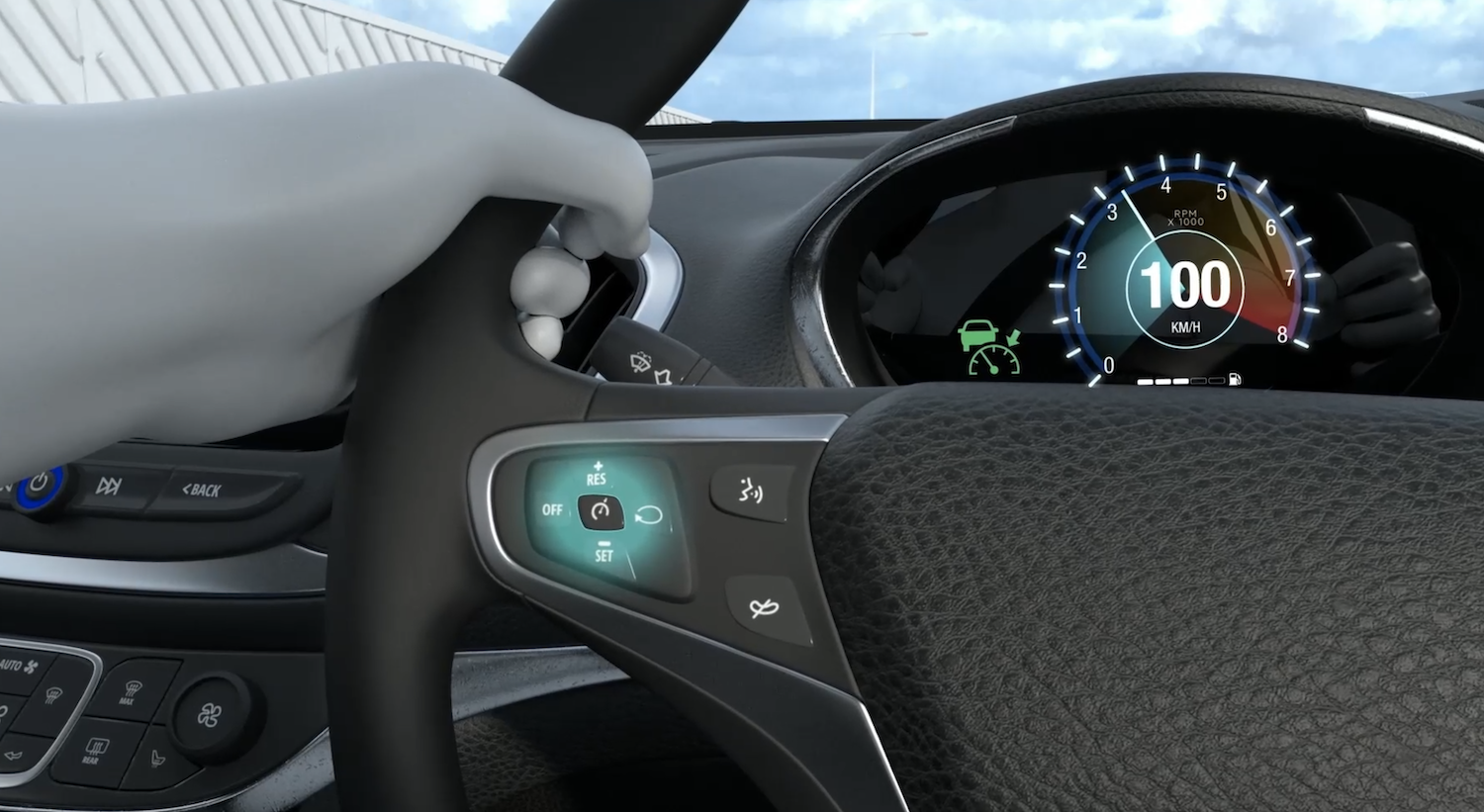Most of us are aware of cruise control and it has been a feature in the majority of cars for the past decade or so. But with advancements in technology in recent years, there has been a new feature popping up on new cars called ‘Adaptive Cruise Control’. So what actually is Adaptive Cruise Control? How does it differ from the regular cruise control? And how can it improve driving safety?
Adaptive cruise control (ACC) automatically scans the road ahead to gauge the distance to other vehicles. Just like standard cruise control, it can usually be activated by a button or switch.
The driver sets a preferred speed similarly to standard cruise control, it works in such a way that it adapts to the flow of traffic, by maintaining the speed while also monitoring the following distance.
Using radar or a camera to scan the surroundings of the vehicle, ACC aids you in maintaining a consistent, and safe, following distance to traffic ahead. Some systems also allow you to set longer or shorter distances, depending on what settings you apply.

If for example your ACC system detects the car ahead of you is slowing down, your vehicle will respond in kind. The brakes will apply to reduce speed, and in some systems the car can be brought to a complete stop should the situation require it.
Should the vehicle ahead of you speed up, ACC will accelerate your vehicle to maintain the following distance you have it set for provided there is a safe distance to do so.
While it is a useful tool that was designed to help drivers, it is always important to stay alert, and monitor the distance between other vehicles.
To learn more from the Road Safety Authority (RSA) about car safety features, technology and standards designed to keep you safe on the road CLICK HERE